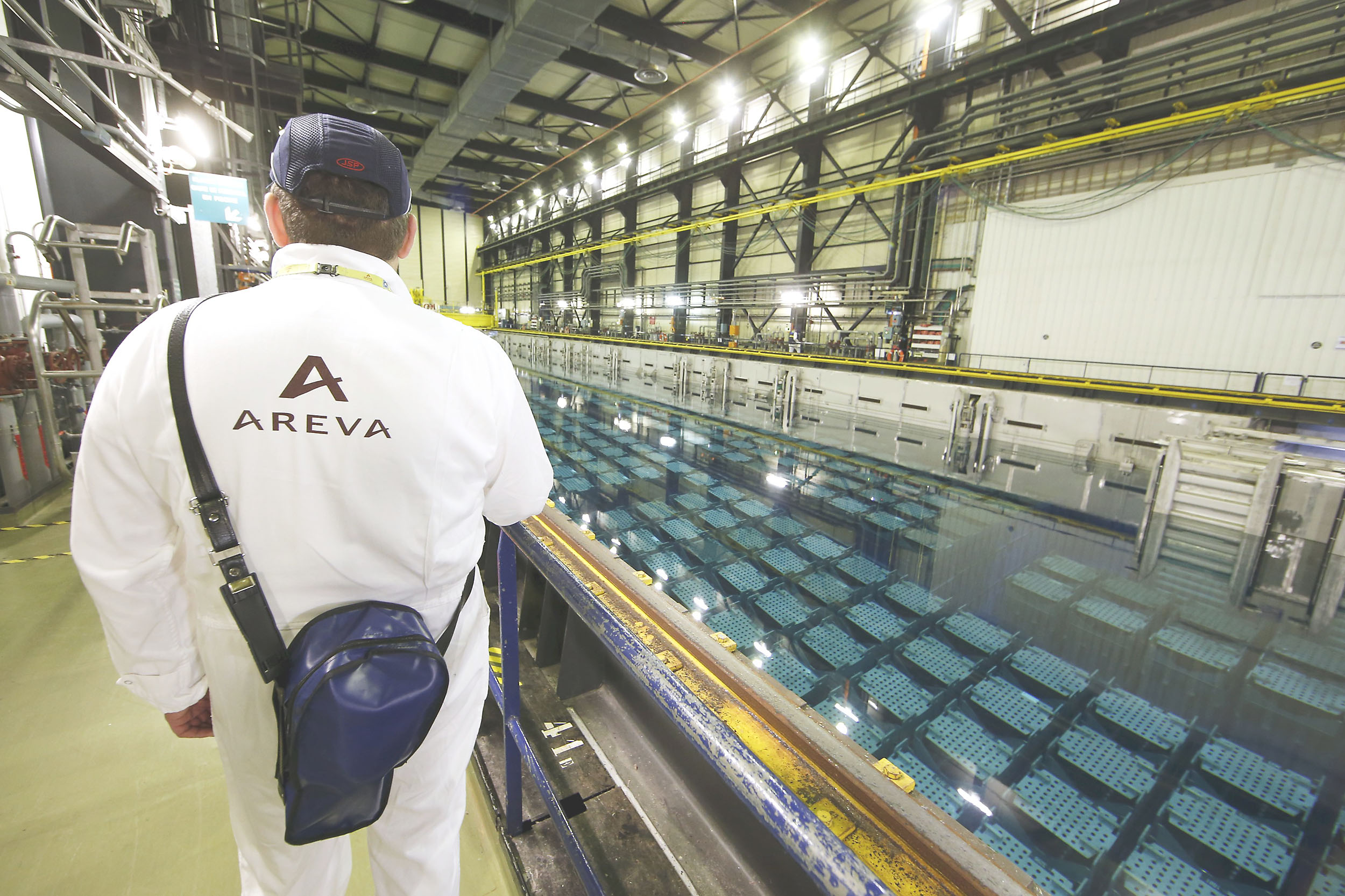More than half a century after the world's first commercial nuclear plant went into operation in the United States, the industry may finally be nearing a way to store radioactive waste underground permanently.
The world has 270,000 tons of used fuel stockpiled, much of it underwater in ponds at nuclear power stations, adding to the urgency of finding a permanent storage solution for material that can remain toxic for hundreds of thousands of years.
Finland and Sweden hope to be the first countries in the world to be able to put the most dangerous high-level waste (HLW) into underground storage in the next decade, using a new technology to encase fuel rods and protect them from erosion.



















With your current subscription plan you can comment on stories. However, before writing your first comment, please create a display name in the Profile section of your subscriber account page.